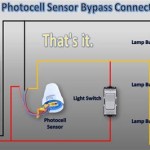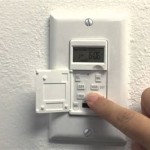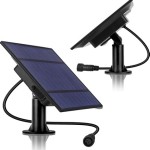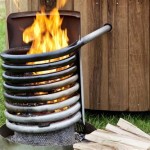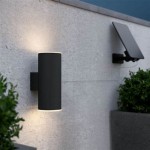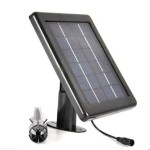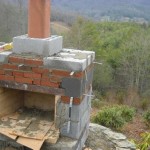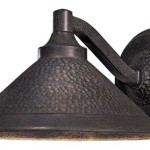Outdoor Light Sensors: A Comprehensive Guide to Installation and Use
Outdoor light sensors play a crucial role in automating outdoor lighting, improving home security, and enhancing energy efficiency. They detect changes in ambient light levels and trigger the lights to turn on or off accordingly. Installing and using outdoor light sensors is a relatively straightforward process, but it's essential to understand their key aspects to ensure optimal performance.
Types of Outdoor Light Sensors
There are two main types of outdoor light sensors:
- Photocell Sensors: These sensors use a light-sensitive element to measure changes in ambient light levels. They are typically installed in exposed areas where they can receive direct sunlight.
- Infrared Motion Sensors: These sensors detect the movement of objects, including people or animals, within a specific range. They are ideal for security applications or illuminating walkways.
Choosing the Right Sensor
When choosing an outdoor light sensor, consider the following factors:
- Location: Determine the location where the sensor will be installed to ensure it receives the appropriate amount of light.
- Purpose: Identify whether you need a sensor for general lighting, security purposes, or both.
- Detection Range: For infrared motion sensors, consider the detection range and angle to cover the desired area.
Installation Instructions
Follow these steps to install your outdoor light sensor:
- Turn off power: Before starting the installation, turn off the power to the light fixture using the circuit breaker or fuse box.
- Mount the sensor: Use the provided screws or brackets to mount the sensor in the desired location. Ensure it aligns with the light fixture.
- Connect the wires: Connect the sensor wires to the light fixture wires according to the instructions provided. Typically, the black wire is connected to the hot (black) wire, the white wire to the neutral (white) wire, and the green or bare wire to the ground.
- Secure the connections: Use wire nuts or electrical tape to secure all wire connections.
- Restore power: Turn the power back on and test the sensor by covering it with your hand or waving in front of it (for motion sensors).
- Sensitivity: You can adjust the sensitivity to determine the level of light that triggers the sensor.
- Delay: Some sensors allow you to set a delay for the lights to turn off after motion is no longer detected.
- Timer: Some sensors have a built-in timer to turn the lights on or off at specific times.
- Clean the sensor: Regularly clean the sensor lens or surface to remove any dirt or debris that may affect its detection capabilities.
- Check connections: Loose wire connections can cause the sensor to malfunction. Periodically check and tighten the connections.
- Replace batteries (if applicable): Some wireless or battery-powered sensors require regular battery replacement to maintain functionality.
- Automation: They automatically turn lights on when it gets dark and off when it's bright, eliminating the need for manual operation.
- Security: Infrared motion sensors deter intruders by triggering lights when they sense movement.
- Energy efficiency: By controlling lighting duration, light sensors reduce energy consumption and save on electricity bills.
- Convenience: No more fumbling for light switches in the dark or forgetting to turn off lights.
- Enhanced aesthetics: Outdoor light sensors create a welcoming and inviting atmosphere by automatically illuminating walkways, driveways, and other outdoor areas.
Settings and Adjustments
Some outdoor light sensors come with adjustable settings to customize their operation.
Maintenance and Troubleshooting
To ensure optimal performance, follow these maintenance and troubleshooting tips for your outdoor light sensor:
Benefits of Outdoor Light Sensors
Outdoor light sensors offer numerous benefits, including:
Conclusion
Outdoor light sensors are versatile and essential devices for home automation, security, and energy efficiency. By understanding their types, choosing the right sensor for your needs, and following the installation and maintenance instructions, you can enjoy the benefits of automated outdoor lighting that enhances convenience, safety, and style.

Installation Instructions Pdl 140 Degrees Outdoor Motion Clipsal

How To Install Security Lights Diy Family Handyman

Motion Sensor Wiring Diagram Lights Outdoor

How To Adjust Your Sensor Light Metro Electrical 24 Hour Electricians
Twin Led Sensor Light

Zenith Motion Sensor Wiring Diagram Outside Lights To Handyman Wir Home Electrical Light Switch

Motion Sensor Lights Tips To Reset Detector

Understanding Motion Lighting

How To Make And Install A Motion Sensor Light 3 Diy Methods

Installing A Remote Motion Detector For Lighting Diy
Related Posts
